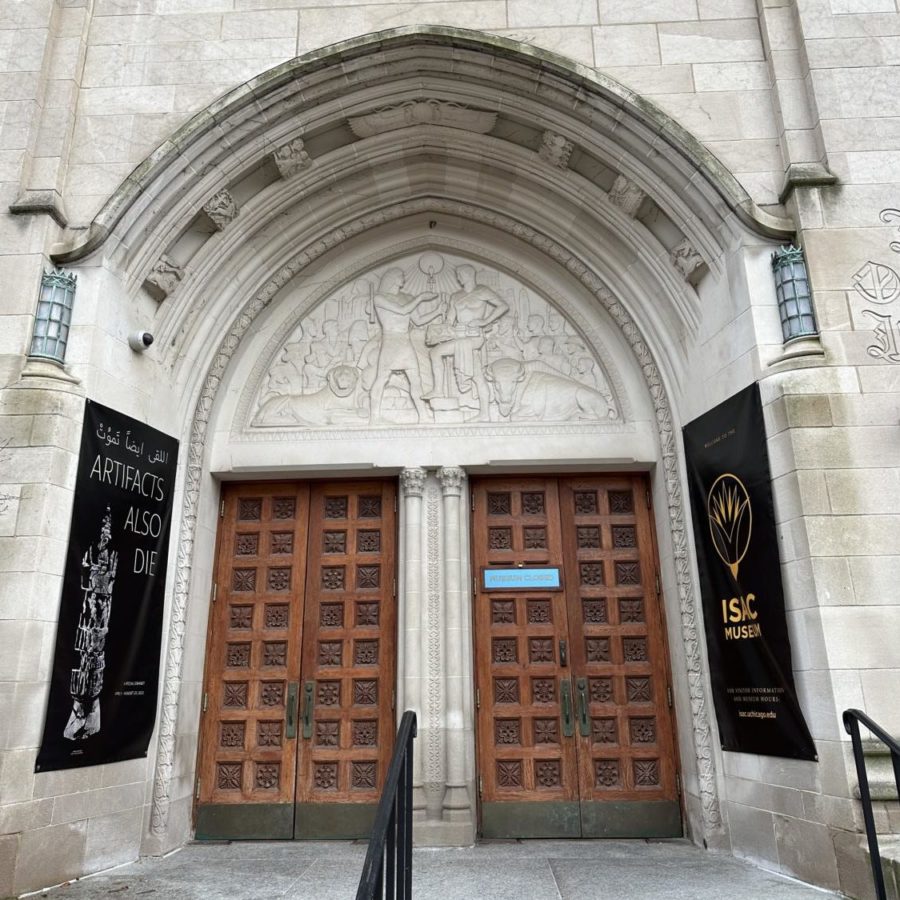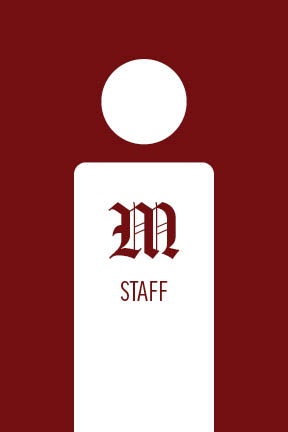We may now have a shiny arts center, an egg-shaped library, and an influential Institute of Politics, but the U of C’s name is still most associated with the intensive Core Curriculum of its College. Though the Core has been downsized since the Robert Maynard Hutchins era, most recently through the elimination of the P.E. and swimming requirements, it still largely shapes the undergraduate experience. Among the most contentious facets of this curriculum is the physical science (“PhySci”) requirement. Next to the revered humanities and social sciences programs, the PhySci offerings seem doubly inadequate for their comparative lack of quality and their confused approach to class material. It’s time for Dean Boyer and the College to strongly consider starting from scratch and completely revamping the program’s structure and purpose.
For students majoring in the biological or physical sciences, as well as students preparing for the health professions, the PhySci requirement involves courses in general chemistry or physics. Though non-majors may also take these courses, most shy away from hard sciences and take any dual combination of Ice-Age Earth, Environmental History of the Earth, Global Warming, Chemistry and the Atmosphere, Natural Hazards, Foundations of Modern Physics, Astronomy and Astrophysics, and The Origin of the Universe.
This system presents a major problem. Looking at the course list for non-majors, one question comes to mind: Exactly what foundation of knowledge are these courses trying to establish? They mostly share vaguely environmental subjects and clearly all fall under the wider realm of science, but their flaws are wide and legion. The classes are large and often overenrolled, many require labs that are far too time-consuming for introductory courses, and professors and TAs seem unsure how deeply they should delve into material. These classes, as they are currently structured, do not augment or improve the Core. They dilute it.
The idea of a physical sciences requirement, in itself, is not a bad one. But when restructuring the non-major facet of the program, should the College be committed to teaching hard sciences or a more contextual understanding of scientific issues? The answer seems clear when one considers the reality that non-science majors already have the option to take hard science courses for PhySci, but overwhelmingly choose not to. Given that these courses are geared toward preparing science majors for higher-level study, it is understandable that non-science majors do not feel fully engaged by the theory-laden material. However, classes in the non-major track wrongly strive to present a watered-down version of the same material. It is this non-major track that needs revamping, and it should wholly embrace an alternative approach to scientific inquiry and investigation.
Scientific inquiry does not necessarily need to rely on the formal mathematical methods and theory taught in sequences for science majors. The University should instead consider modeling a new PhySci program after the classes currently offered in the History, Philosophy, and Social Studies of Science and Medicine (HIPS) department. The stated purpose of the undergraduate HIPS program is to cater to “students interested in studying science in terms of its historical development, conceptual structure, and social role.” It is this approach, which emphasizes scientific literacy and contextualizing science within society, that PhySci professors for the non-major track should adopt. Class material should include basic scientific concepts, but focus primarily on establishing a foundation for students to think critically about and discuss scientific issues.
As is, PhySci is regarded as a burden for undergraduates. Students either take it early to get it over with, or delay it in hopes of curriculum reform. It’s time for the latter to finally be embraced. If PhySci is to achieve the high standard of learning the Core aspires to, it needs to be taken seriously and not dealt with as a requirement tacked on to the more thorough programs of Hum and Sosc.
The Editorial Board consists of the Editors-in-Chief and the Viewpoints Editors.










